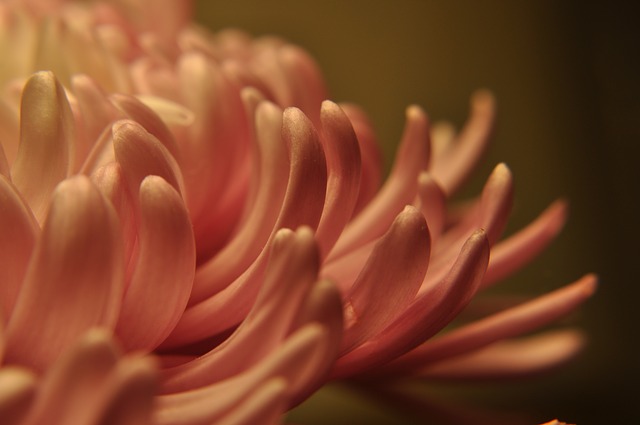Intention + Daily Action + Consistent Effort
The first time I learned about the “flow” state of consciousness was as a sophomore in college when I began studying positive psychology and human behavior. I had spent the summer backpacking for three weeks and experiencing new states of bliss, confidence, and connectedness. I kept a journal all summer documenting these immense feelings that percolated from deep within me. Feelings of wholeness, freedom, deep peace, strength, beauty and connection I had never felt at such depths.
I returned to college in the Fall after having declared my major the Spring before, my first assignment was to read FLOW: The Psychology of Optimal Experience written by Mihaly Csikszentmihalyi, I was blown away. Even though it was full of research and statistics, it was describing the feelings and experiences I had in the wilderness just weeks before. All parts of myself (physical body, pranic body, mind-body, intuitive body and bliss body) knew on a deep level what the “flow” state really was and he was describing. It was as if all cells in my body were nodding “YES! This is it!”.
Csikszentmihalyi defined this “flow” experience in his book as a state of heightened focus and immersion into activities such as art, play, and work. It’s the creative moment when you are so involved with an activity that you lose track of time, place and even yourself.
Do you know the feeling?
This flow state is one that is experienced for moments by many on the yoga mat, mountain biking, bird watching, watching a sunset, meditating and by new parents after the arrival of a new baby. There is a loss of time, of self in a way. It may be for a moment or multiple moments strung together.
The formula for the flow state is a combination of our skill level/readiness and the current level of challenge/exposure/comfort. When those line up, there is flow, there is a state of ease. If we lack the skills or experience or are more advanced than the challenge in the moment, we may not drop into this state of ease or “flow”. It’s either too hard or too easy. It happens in yoga class. If the level of the class is beyond our skills we might get hurt or simply experience stress from not being able to take care of ourselves, but when we get in the right class on the right day, AHHHHH, we experience deep bliss. There’s a challenge and an ease that happens simultaneously.
Chapter 2.46 of the Yoga Sutras by Patanjali, “stira, sukham, asanam” loosely translates to mean with steadiness and ease we take the seat of ourselves. Yoga and it’s sister science of Ayurveda (or everyday living) invite us into a deeper relationship with our own vital energy or prana by moving through our lives with steadiness and ease. This is “flow”.
I’m beginning to think stira-sukhum is exactly what Csikszentmihalyi was referring to when he began to articulate this “flow” state. It’s not like it was a new finding, ancient wisdom traditions have known this all along. This is at the heart of why I use the word EASE in my ayurvedic living offerings like the Embody Ease Course and building a community towards Easeful Living. I believe it’s an important practice for us all to have.
This conscious state of ease or state of flow is matched by skill and effort done over time, which so beautifully and fluidly is the basic definition of practice. When we practice not to attain anything but to simply place our toe into the current of energy that wells up from deep inside us that is yearning to be manifest, it feels really GOOD. I don’t know about you, but I’m interested in living from that place.
-----
Rachel Peters is a yoga teacher, yoga health coach, lifestyle and habits expert, easeful living advocate, and lover of wild places. She leads others towards Embodying Ease through a yearlong wellness & lifestyle journey to dissolve perfectionism, embody daily habits that promote mental clarity, overall ease, and deeper connection to life on this wild ride of modern living. Learn MORE today!

